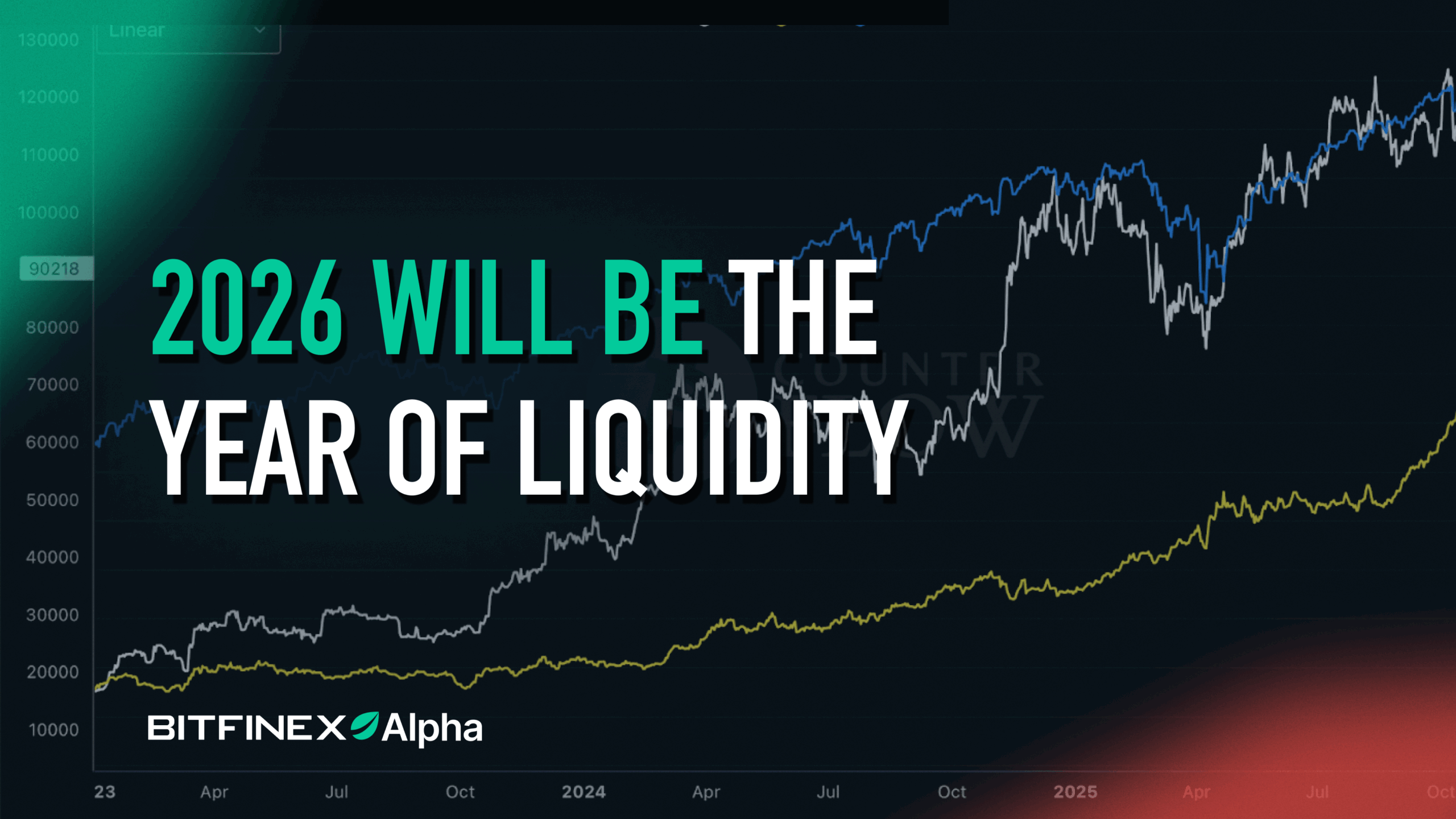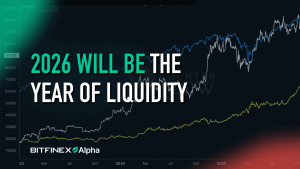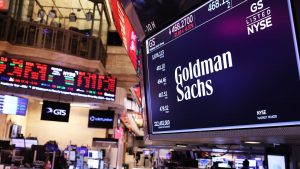What’s Behind the Surge, and What’s Next?
Ethereum has entered uncharted territory. On August 24, 2025, the world’s second-largest cryptocurrency soared past its 2021 record, touching $4,953 and pushing its market capitalization close to $600 billion.
What makes this rally stand out isn’t just the price, it’s who’s buying. Hedge funds, corporate treasuries, and well-known investors like Peter Thiel have all been adding Ether to their portfolios. At the same time, the Federal Reserve’s signal of possible rate cuts last week gave risk assets a lift, adding fuel to Ethereum’s surge.
So, what’s been happening, and what (might) happen next?
August Breakout: New Record Highs
Ethereum’s comeback has been years in the making. And on August 24, 2025, the token finally eclipsed its long-standing 2021 peak, trading as high as $4,953. That milestone briefly pushed its market cap close to $600 billion, a level not seen before in the asset’s history.

The breakout didn’t happen slowly: Ethereum has been keeping quiet for a while now, never getting over the ATH hump despite BTC and other coins crossing over it several times in the same timespan.
However, just a few days ago, a speech by Federal Reserve Chair Jerome Powell at the Jackson Hole symposium set off a wave of buying. Powell signaled the Fed could be ready to cut interest rates if inflation continues to ease. Investors immediately rotated into risk assets. As a result, Ethereum jumped more than 14% in a single day.
Key Catalysts Behind the Rally
Analysts say the move wasn’t just about macro sentiment. Ethereum had already been building momentum all summer thanks to ETF inflows and corporate treasury purchases, setting the stage for a sharp breakout once the Fed news hit. In other words, the groundwork was there. But what exactly lit the fuse?
1. Big Money Moves In
Ethereum’s rally isn’t being fueled by retail speculation alone. Institutional investors have been driving much of the demand. Billionaire Peter Thiel has taken sizable stakes in Ether-focused firms like ETHZilla and BitMine Immersion. These companies hold ETH directly on their balance sheets, and their stocks have soared alongside the crypto’s price.
2. Corporate Treasuries Are Stockpiling ETH
Public companies are increasingly holding Ether as a treasury asset, similar to how firms like MicroStrategy accumulated Bitcoin. By the end of July, corporate treasuries had reported holdings of 966,304 ETH, a dramatic rise from just 116,000 ETH at the end of 2024.
3. ETFs and Supply Compression
Spot Ethereum ETFs have attracted billions in inflows. Custodial holdings surged 58% since mid-July, with total ETF reserves now above 6 million ETH.
At the same time, liquid supply on exchanges continues to fall. More ETH is being locked into staking or held by long-term investors, creating a kind of supply squeeze. That means even moderate demand can have an outsized effect on price.
The Cautionary Angle: Is There a Pullback Risk?
Ethereum’s surge has traders excited, but history suggests a note of caution. September has traditionally been a weak month for crypto markets, and Ethereum is no exception. It has already pulled back to $4.6K. Analysts point out that, on average, ETH has posted a 6.4% decline each September going back several years.
Some of the reasons are seasonal. Liquidity tends to thin as markets transition out of the summer lull, while macro headlines, like the Fed’s September meeting, can add volatility. Traders also often take profits after strong August rallies, leading to short-term corrections.
That doesn’t necessarily mean the rally is over. Pullbacks can be healthy, giving the market room to reset before another push higher. As one CoinShares strategist noted this month, Ethereum is “infinitely more complex than Bitcoin” in terms of use cases, which could help it weather short-term corrections better than past cycles.
Become the smartest crypto enthusiast in the room
Get the top 50 crypto definitions you need to know in the industry for free

In short: September could bring bumps in the road. But many analysts still see the broader uptrend intact, even if ETH takes a breather in the near term.
Forward Outlook: What to Watch Heading Into Q4
Ethereum’s rally has captured headlines, but the bigger question is whether it can last. Here are some news and events to watch.
ETF Flows
Spot Ether ETFs have been one of the biggest drivers of demand. Sustained inflows will be crucial to keeping momentum alive. Any slowdown could hint that institutional enthusiasm is fading.
Corporate Treasury Moves
Companies like ETHZilla and BitMine have already staked big bets on Ether. If more firms announce ETH holdings in Q4, it could cement Ethereum’s role as a “digital reserve asset” in corporate finance.
Liquid Supply
The amount of ETH available on exchanges is at multi-year lows as more coins get staked or moved to cold storage. That supply squeeze means demand shocks (positive or negative) could move prices more dramatically than usual.
Fed Messaging and Inflation Data
Ethereum remains tied to the macro environment. If inflation cools and the Fed cuts rates sooner than expected, ETH could test new highs. But if inflation picks back up, markets may retrace.
Conclusion
Ethereum’s August breakout isn’t about newfound relevance. ETH has been a cornerstone of the crypto market for years, powering everything from DeFi to NFTs. What changed this summer is the structure around it: spot ETFs, corporate treasury adoption, and a shrinking pool of liquid supply have made ETH more responsive to macro shifts, like expectations of Fed rate cuts.
Compared with Bitcoin, which has shown signs of exhaustion after its own record-setting run earlier in the year, Ethereum looks to have stronger near-term momentum. And while Solana continues to attract attention for speed and innovation, it’s still Ethereum that institutions and corporate treasuries are choosing first when they move into smart-contract platforms.
Seasonal patterns and monetary policy could bring volatility in the weeks ahead. But the bigger picture is steady: Ethereum remains a core pillar of the crypto ecosystem, with its August rally reinforcing that role.
Disclaimer: Please note that the contents of this article are not financial or investing advice. The information provided in this article is the author’s opinion only and should not be considered as offering trading or investing recommendations. We do not make any warranties about the completeness, reliability and accuracy of this information. The cryptocurrency market suffers from high volatility and occasional arbitrary movements. Any investor, trader, or regular crypto users should research multiple viewpoints and be familiar with all local regulations before committing to an investment.












Post Comment